This wildlife photographer once waited 8 hours to shoot an eagle—and other lessons in patience
Wildlife photographer Myron Ray Sy Evasco was once nearly bitten by a poisonous snake while he was waiting for the perfect moment to shoot a Visayan hornbill in Panay. He had been in the rainforest for six hours with his camera when he felt something rustling at his feet. He looked down on the forest floor slowly and saw the snake.
He sat perfectly still—or as still as his shaking hands would let him—remembering the rule of thumb when you encounter snakes. “I couldn’t move because if it saw or felt na gumalaw ako baka magulat siya at kagatin ako.”
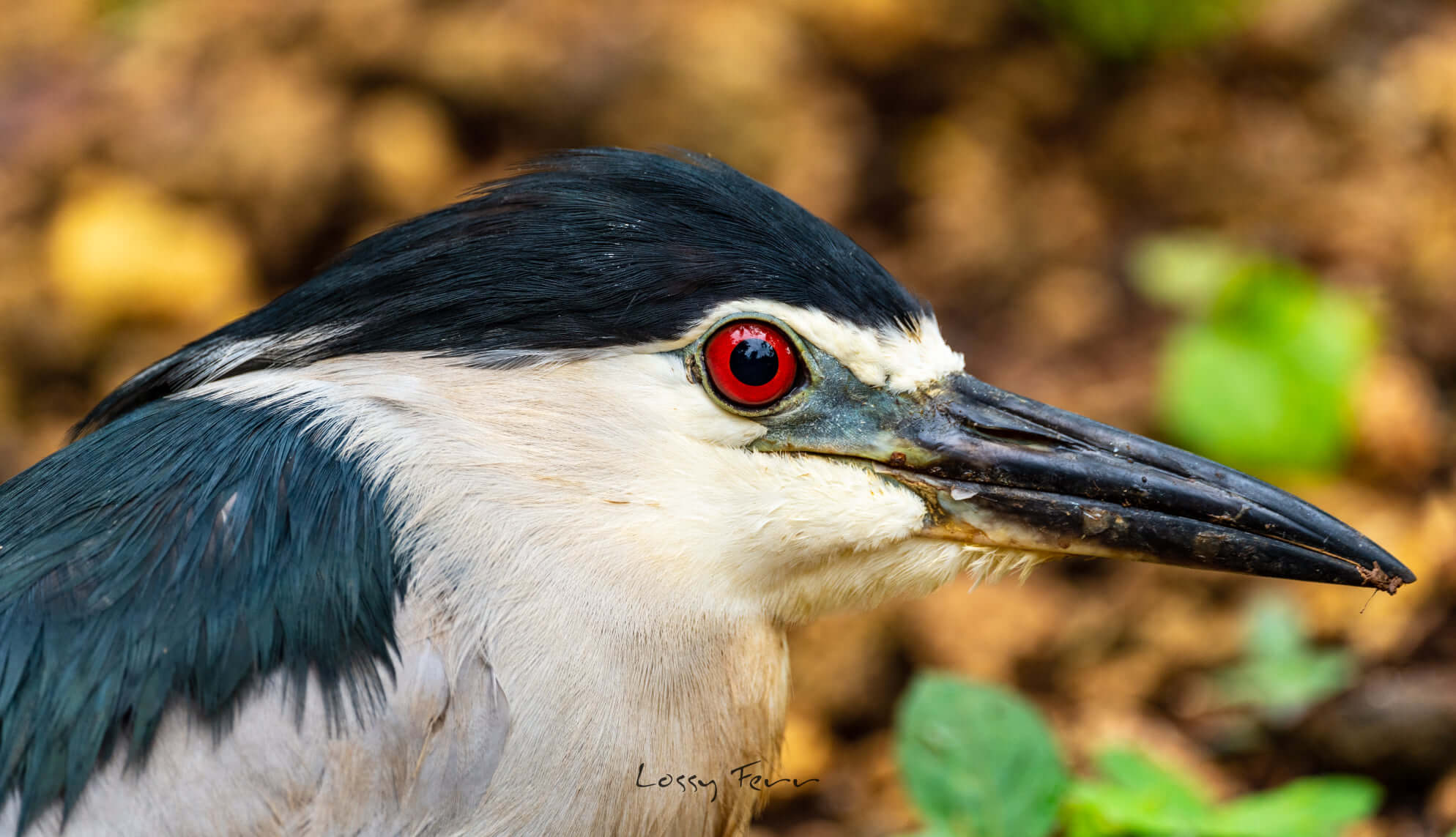
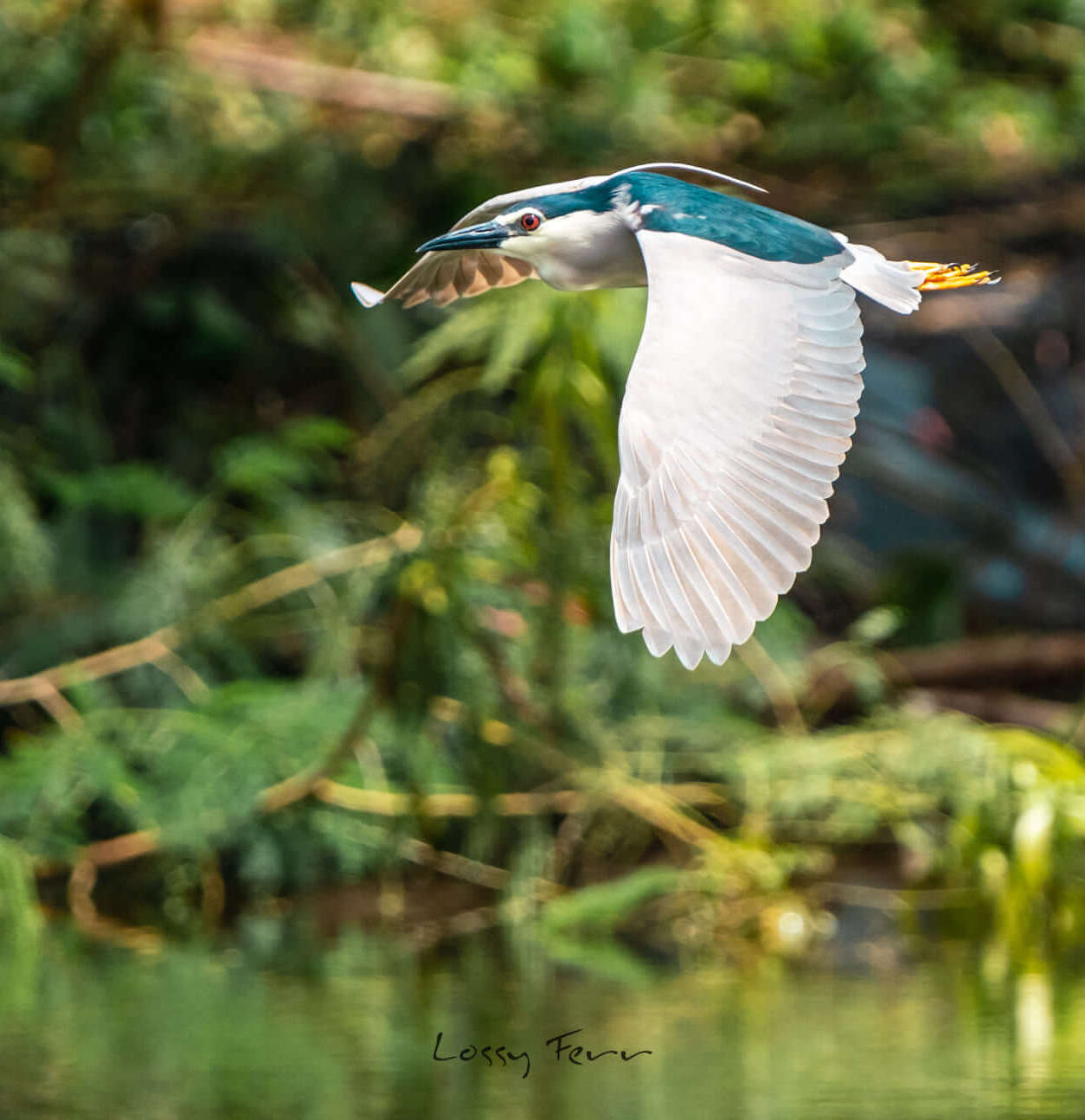
When the tail of the snake disappeared, Myron packed his gear and left. He never got to take a picture of the bird.
This wasn’t even the longest time he’s waited. He once did eight hours for a Brahminy kite, a bird that belongs to the eagle family. To photograph a kingfisher swooping down the water for a fish, he waited seven months.
Wildlife photography—or birdwatching for that matter—is an exercise in patience. A lot of patience.
As the American naturalist John Burroughs said, “You must have the bird in your heart before you can find it in the bush.”
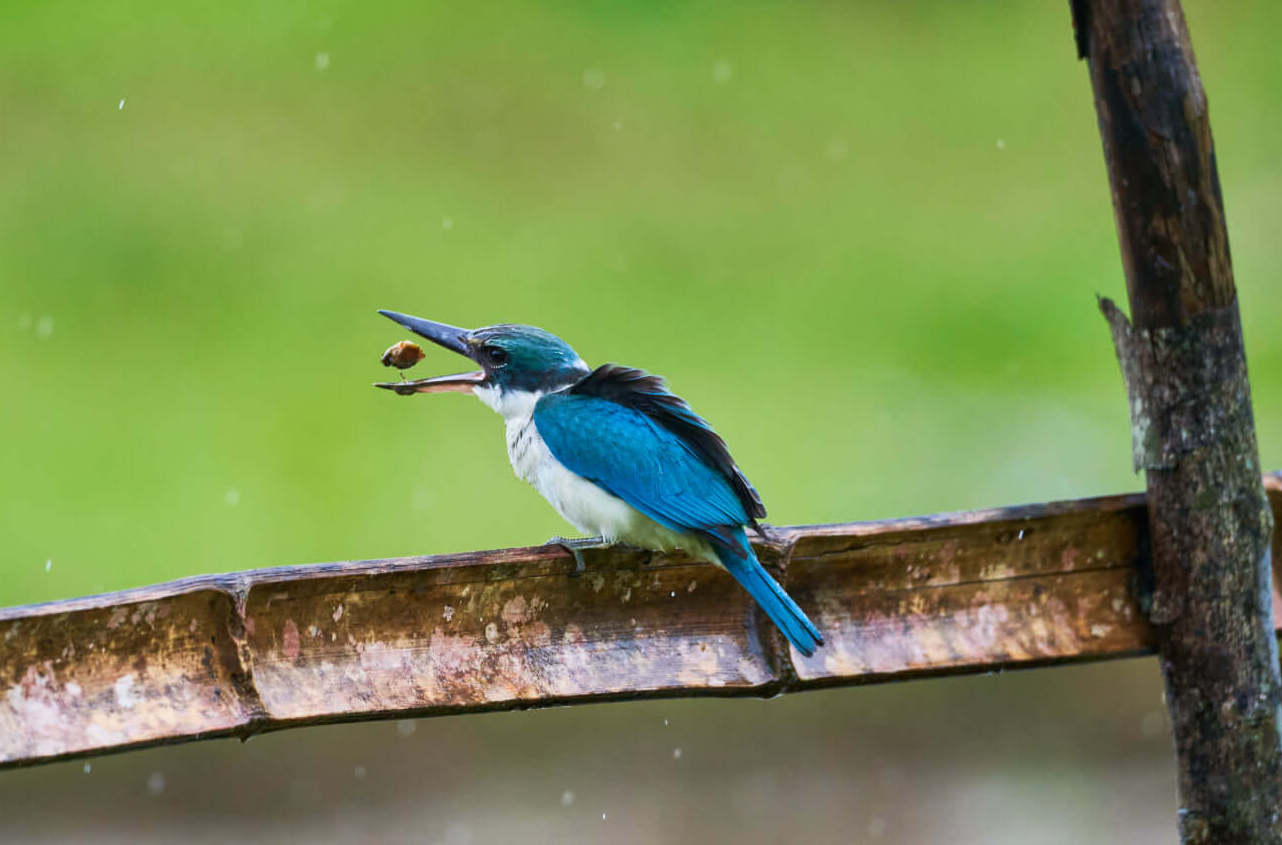
Myron learned this lesson himself 10 years ago when he started in wildlife photography at 36 years old while holding down a day job as senior IT manager at Fairways & Bluewater in Boracay. “I traveled to different places before and practiced street photography, but I was an amateur at that time. I didn’t know anything about cameras except for basic knowledge, didn’t know how to capture a subject. I just pointed and shot.”
One day, he saw a sprained bird that looked like it had been abused by people. It came to rest (or die) near a manmade lake on the golf course.

His interest and compassion were piqued. He thought, “Why? Why would anyone hurt a bird?” He adds, “These animals, our wildlife, they’re an important part of our ecosystem. That’s how my interest in wildlife was sparked.”
Disappearing species
Ten years into wildlife photography, he’s learned that bird species are very different from one another. “Some birds are very agile and cautious, that’s why when you go to your target location, you have to observe first your surroundings and their habitats. You have to know where they’re staying or landing and set up a camp there in a way they don’t see you. You have to camouflage yourself.”
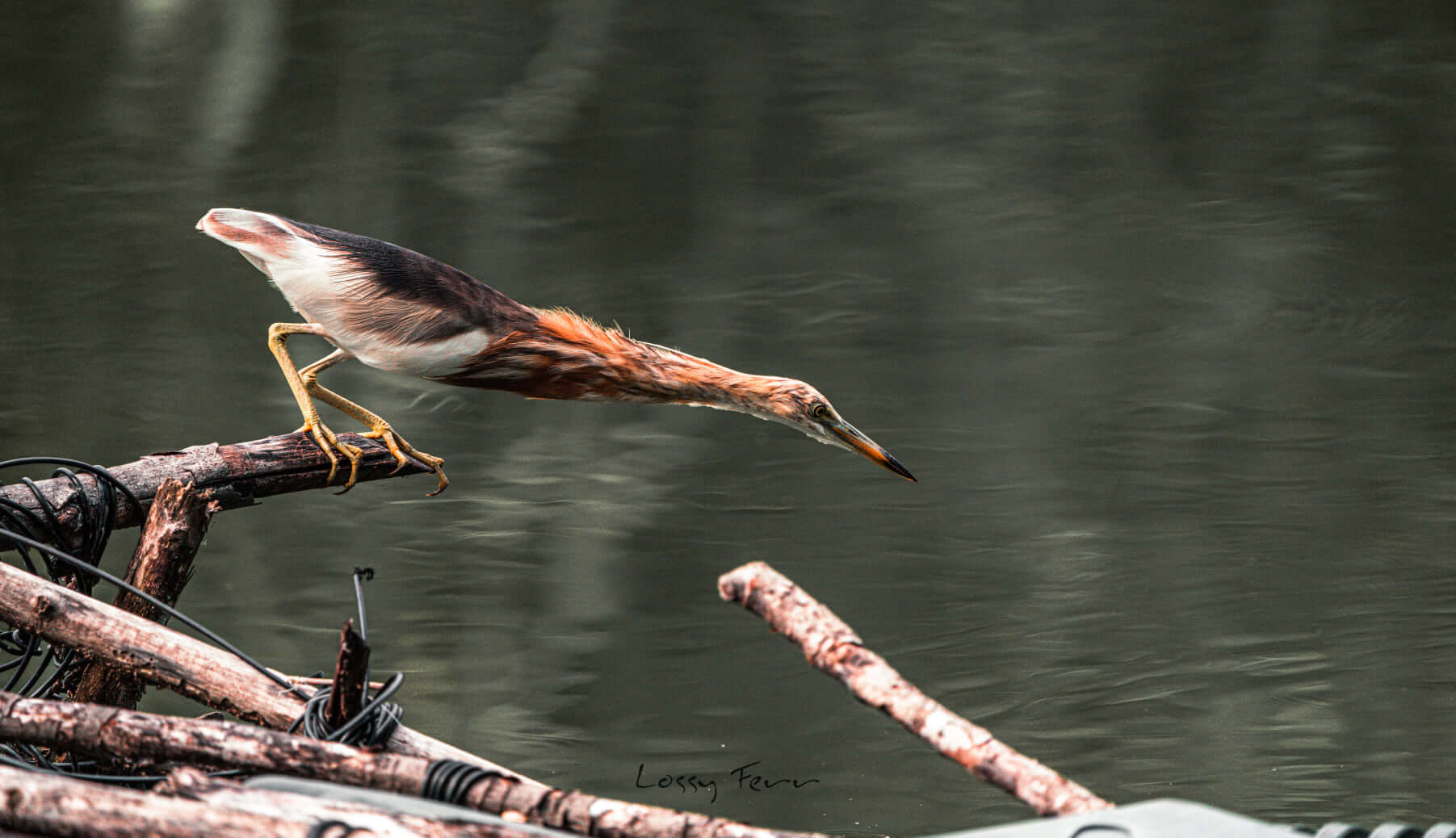
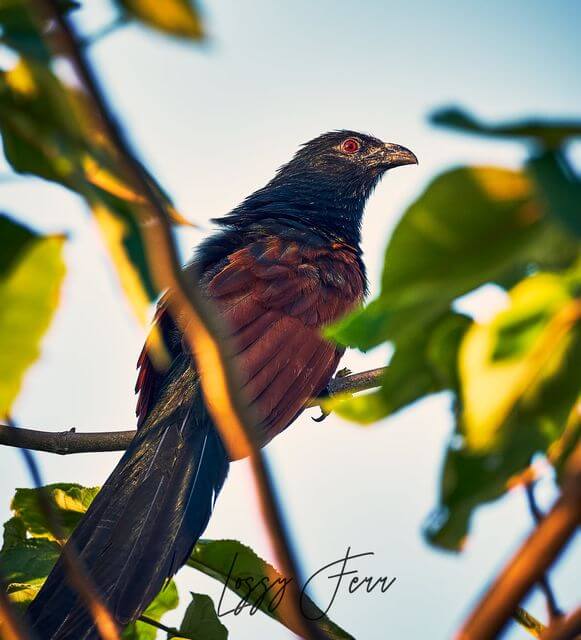
He’s also learned that one has to be mentally patient and physically ready. When he goes up to Mt. Luho in Boracay or in the mainland’s forests, he wears a camouflage that truly makes him blend with the surroundings (you won’t see even his face), he brings a foldable chair, water and packed lunch.
In these surroundings where the only sounds he hears are the whispers of the forest and wind, he spends his days off. He’s on the mountain by 8 a.m. and treks down at 4 p.m. —or he’s shooting kiteboarders on Bulabog Beach if he’s not in the water himself.
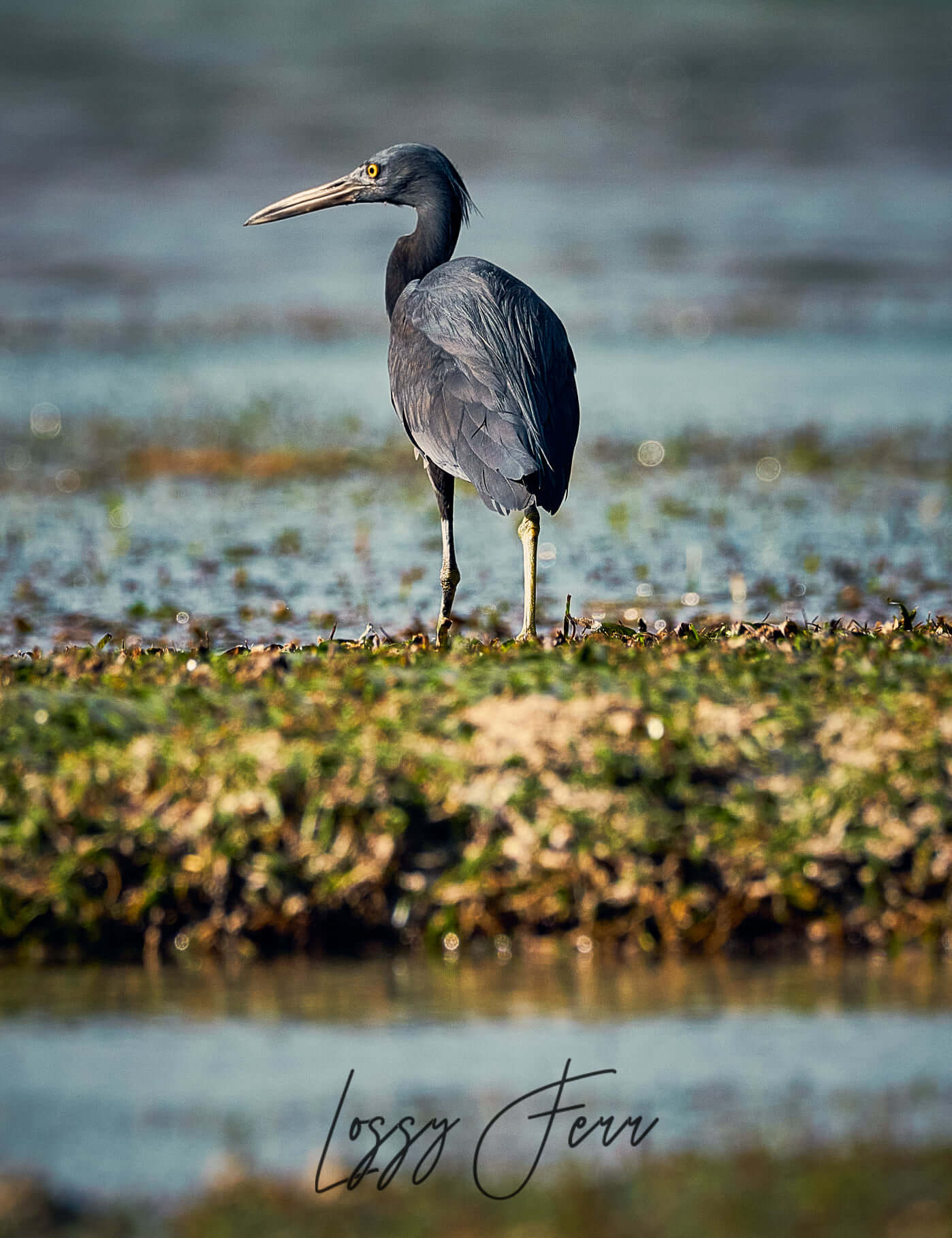
These birds, he says, have become vulnerable to human encroachment. He’s seeing fewer and fewer of some species.
Boracay island alone is being threatened with large-scale developments such as casinos that local resident are fighting. Only under the Duterte administration is Boracay being snatched from local hands by the national government and you can feel the anger of residents here.

Living in Boracay taught Myron that appreciation of wildlife also means taking care of their habitats. “Boracay is known for its beautiful beaches. The island should be recognized not only for that but also for its wildlife. My advice for everyone is not to capture wildlife animals and cage them—let them be in their habitats because that’s their home, that’s nature.”
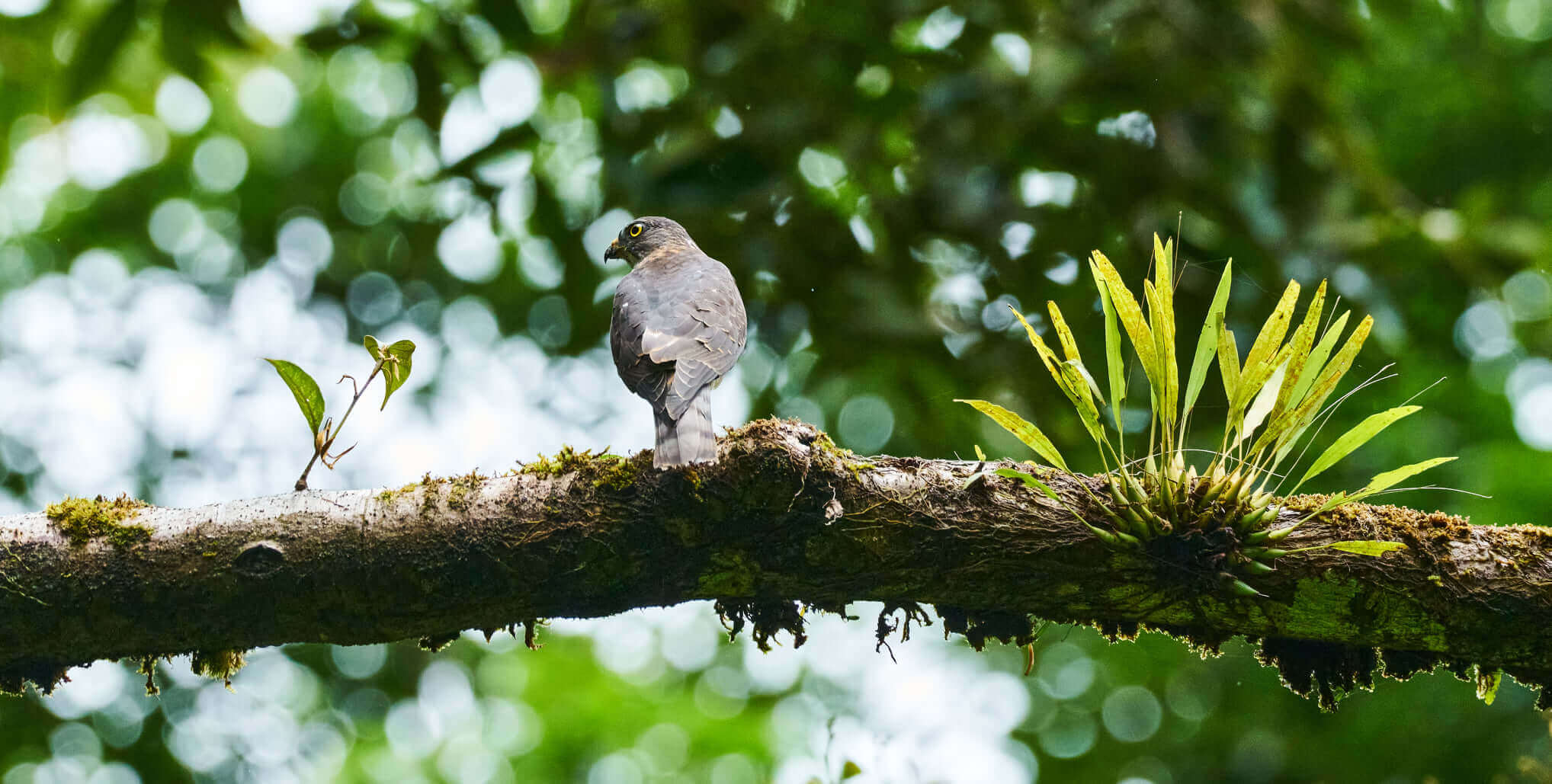
He also loves taking pictures of kiteboarders, which he says is not too different from taking pictures of birds in flight. He quips that unlike people, you can’t tell birds to do this or that trick so that you can photograph them in action.
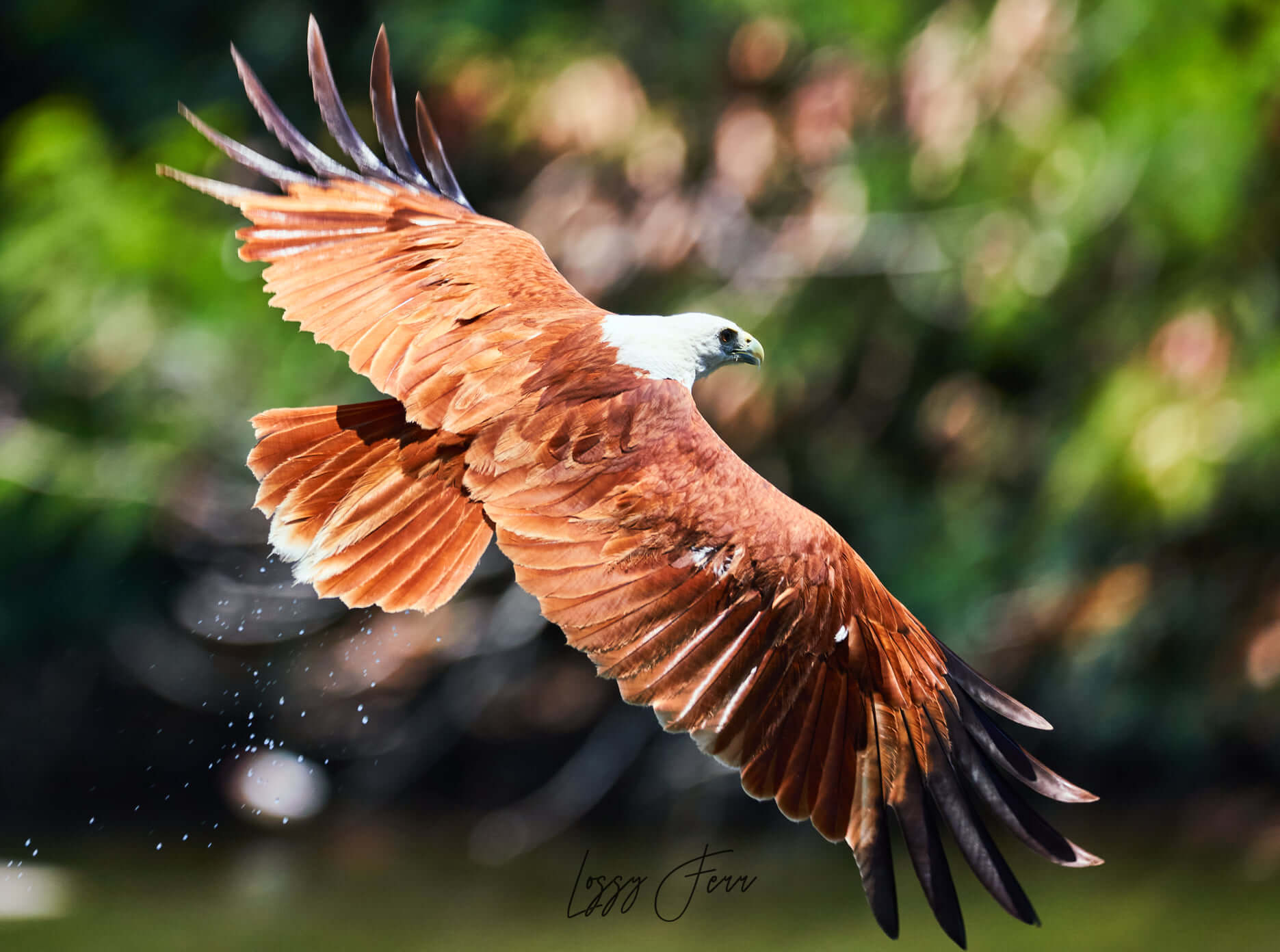

“You can tell people, ‘Ito gawin mo, ha? Jump ka dyan, tapos ang distansya, ganito. Dito tayo kasi against the light sa kabila.’ It’s like the shooting process is scripted. In wildlife photography, you can’t tell a bird to stay.”
These damn birds will make you wait for that money shot. But it is often worth it.

The dream
Myron was born in Sagay, Negros Occidental. After high school, he moved to Aklan, took up computer science at AMA and moved to Kalibo after college, and then to Boracay. He worked at Fairways’ IT department, left Boracay, and then came back again in the early 2000s.

Since he got into photography he’s traveled to places like India, Myanmar, Cambodia, Kashmir, Brunei, Vietnam, Malaysia and Thailand. Often, it is the photography that dictates his destination.
A photo he snapped in Varanasi, India, was nominated along with 11 other pictures by the National Geographic. It shows two women lighting votive candles along the banks of the Ganges River shrouded in shadows and light.

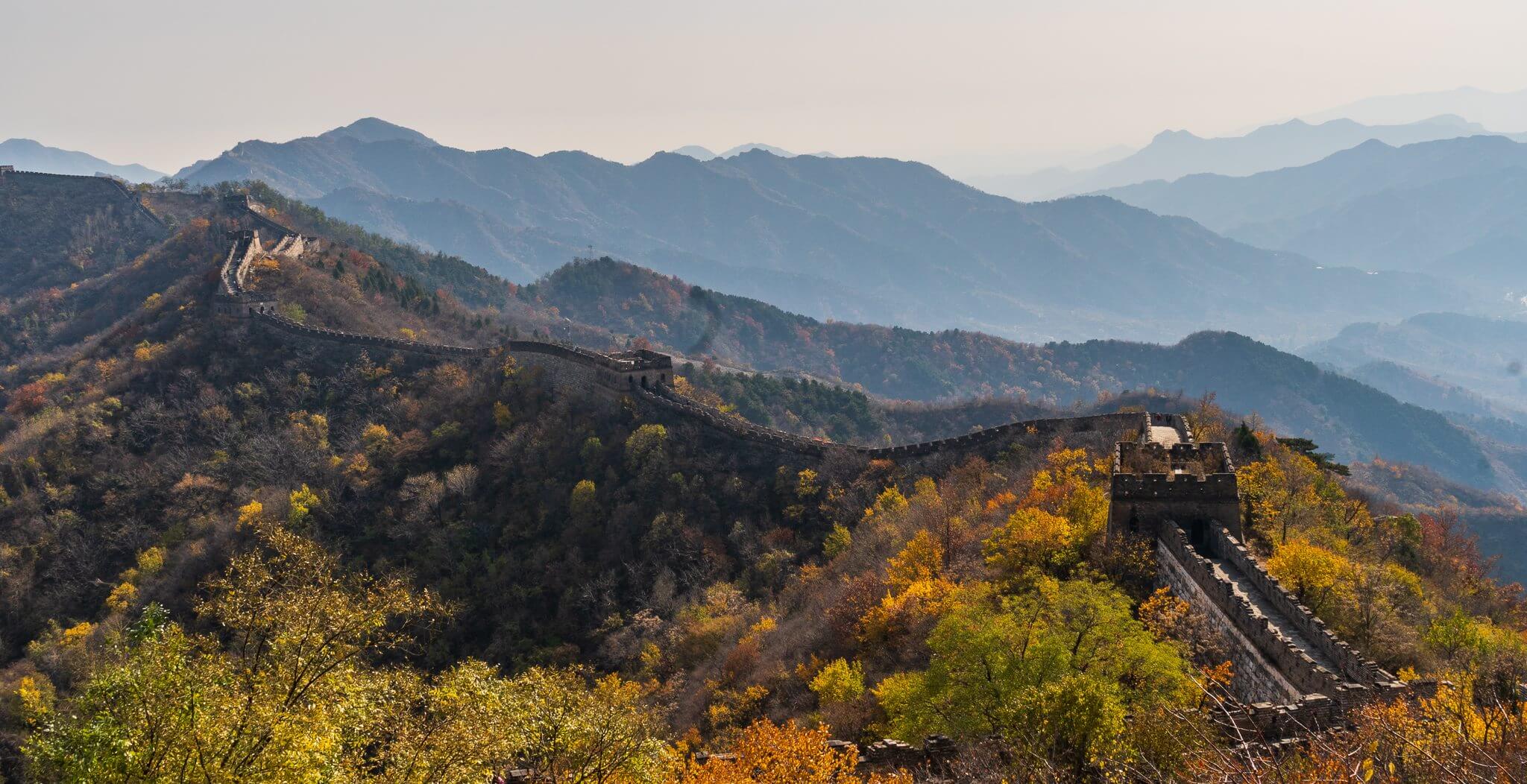
The year before the pandemic, he traveled to Central Java in Indonesia to photograph the Ijen Crater, a one-km. wide caldera known for its “blue fire” or turquoise-color mouth, hence the name “mountain of fire.”
Myron’s dream is to go to Tanzania to photograph the wildlife there— cheetahs, lions, hippopotamus, leopards, giraffes.
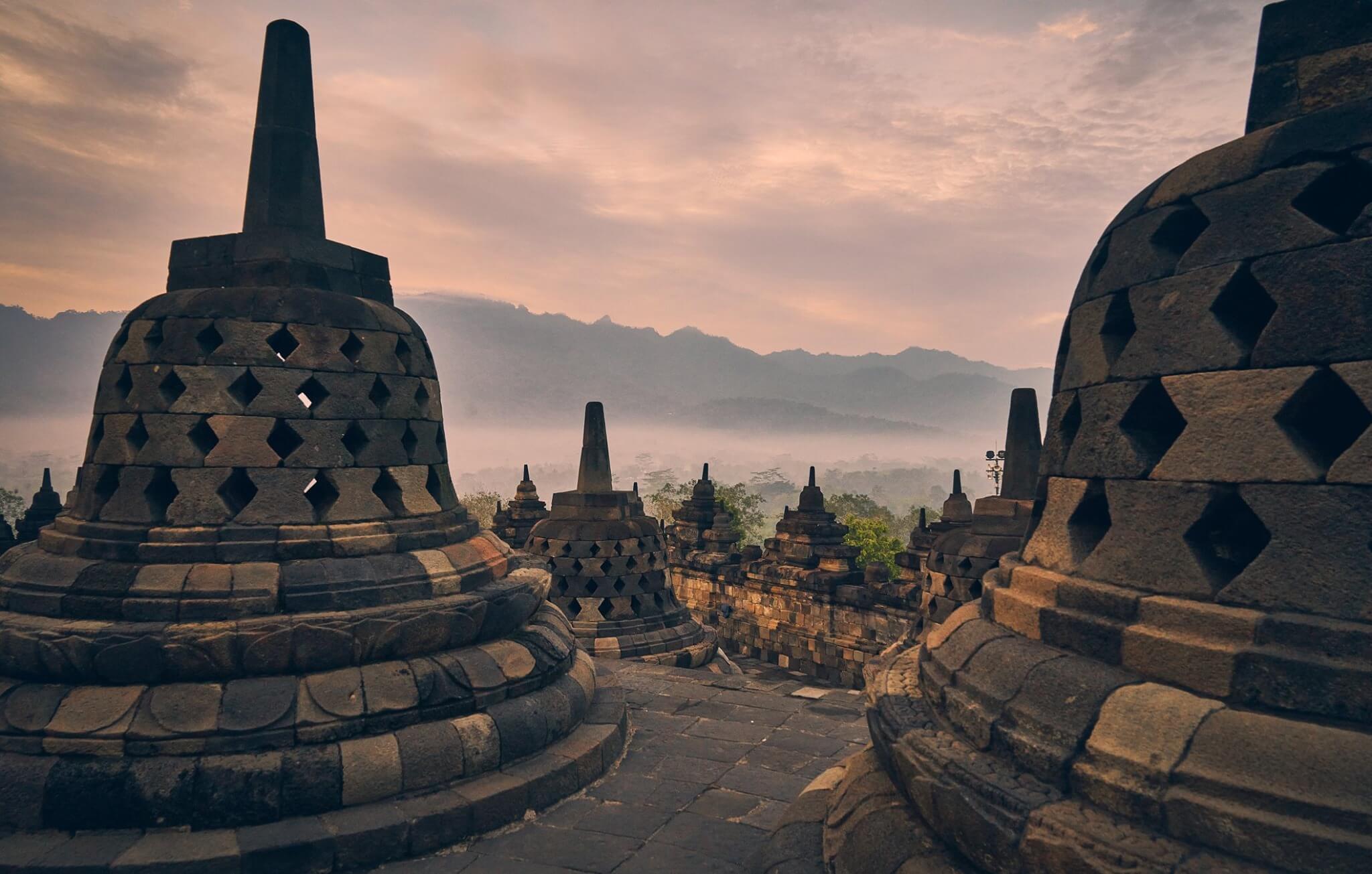
Maybe he will go to Mt. Kilimanjaro, whose western summit is called “House of God” by the Maasai people. Maybe he will even see a snow leopard as Hemingway’s character did in the short story “The Snows of Kilimanjaro.”
Myron says, “That’s my biggest dream, Tanzania. Maybe one day after this pandemic I can go.”
He can wait. He’s a patient man.


